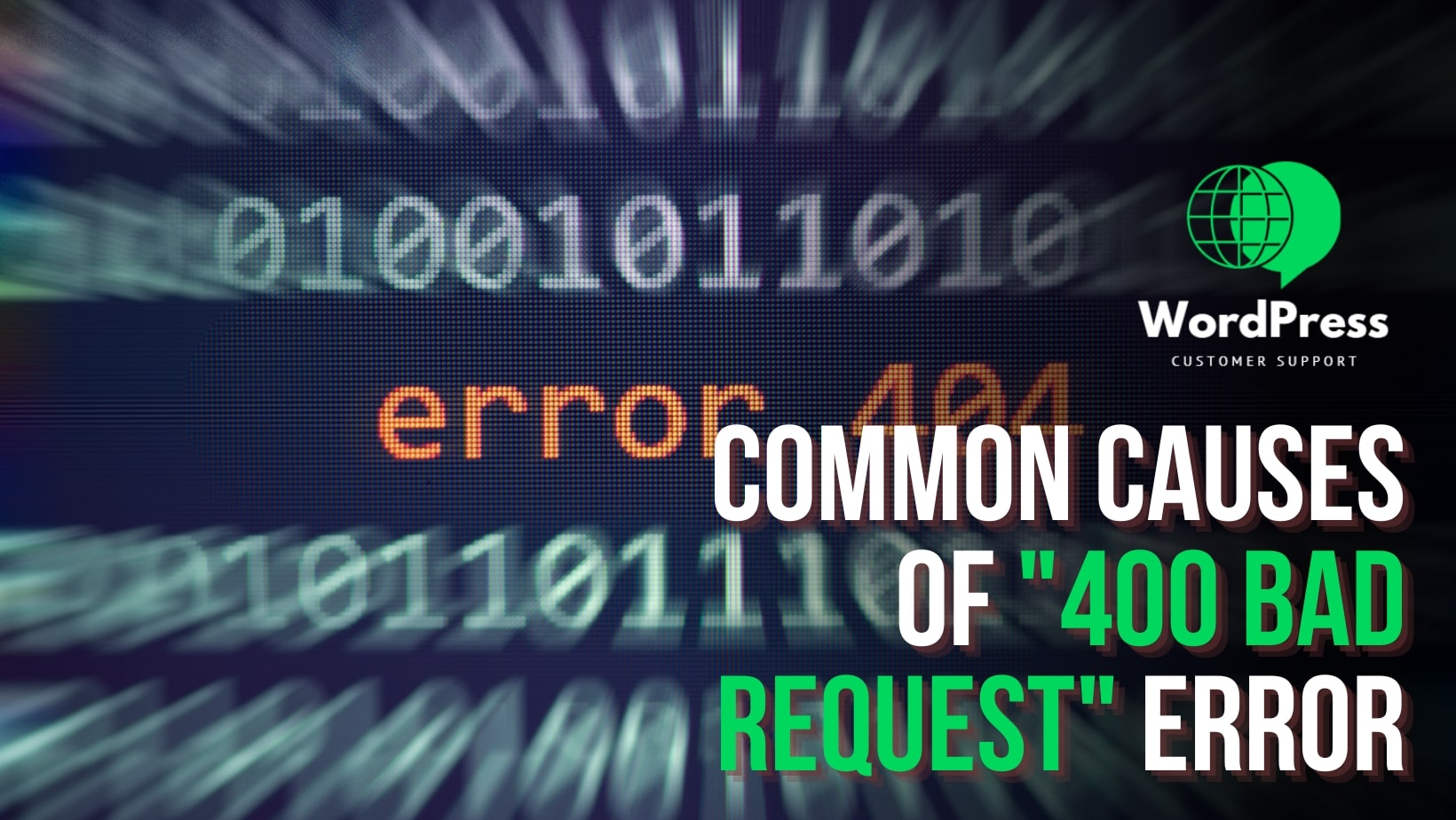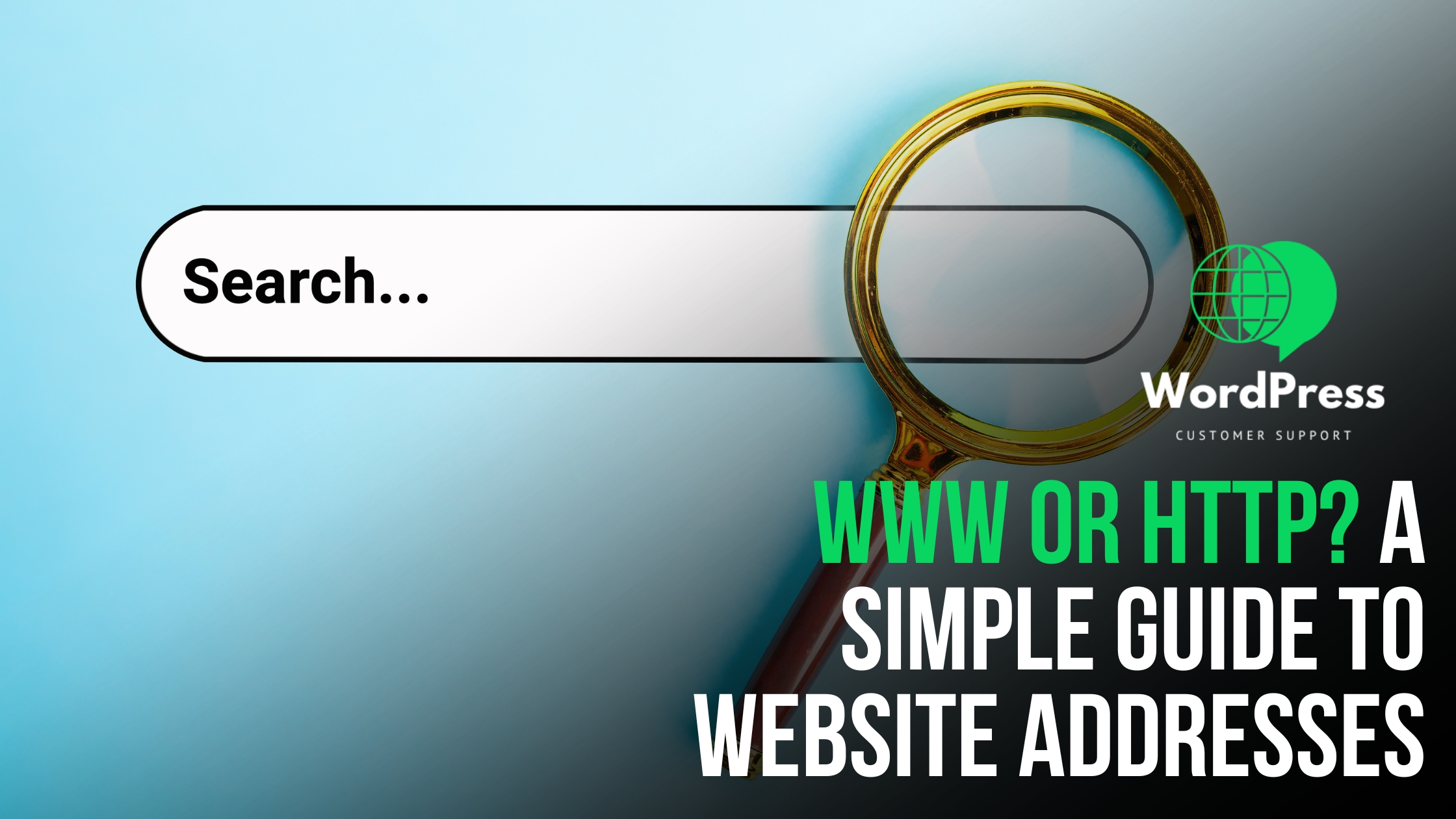In the world of web browsing and API interactions, encountering the dreaded “400 Bad Request” error is a frustrating experience for users and developers alike. Often, the source of this error can be traced back to various factors, including typographical errors in URLs, invalid characters, missing parameters, cookie issues, browser-related problems, server-side complications, and network issues. Understanding these potential pitfalls and knowing how to troubleshoot them can save valuable time and ensure a smoother browsing experience. Let’s delve deeper into each of these common causes.
Typographical Errors in URLs
A simple typographical error in a URL can be a major culprit behind the “400 Bad Request” error. It’s crucial to double-check the URL for any mistakes before hitting enter. A misspelled domain or a misplaced character can easily lead to this error.
Invalid Characters in URLs
URLs should only contain valid characters. If you’re trying to include special characters, ensure that they are properly encoded using percent encoding. For instance, spaces should be replaced with “%20” to avoid any issues. Failure to adhere to these encoding standards can result in a “400 Bad Request” error.
Missing or Incorrect Request Parameters
When submitting data through a form or API request, it’s essential to include all the required parameters and ensure they are in the correct format. Referring to the API documentation or form specifications can provide valuable guidance in ensuring the request is properly structured and formatted.
Cookie Problems
Issues with cookies can contribute to a “400 Bad Request” error. Clearing the browser’s cookies and trying again can often resolve this issue. Sometimes, corrupted or conflicting cookies can interfere with the request-response process, leading to errors.
Request Too Large
If you’re attempting to upload a file or send a large amount of data, it might exceed the server’s limit for request size. In such cases, adjusting server settings to allow larger requests can be a viable solution.
Browser Issues
Certain browser-related issues, including conflicts with extensions or inherent browser problems, can also trigger the “400 Bad Request” error. Switching to a different browser or using incognito/private mode can help identify whether the issue is specific to a particular browser or not.
Firewall or Security Software
Overly aggressive firewall or security software can sometimes block certain requests, leading to a “400 Bad Request” error. Temporarily disabling such software can help ascertain whether they are the root cause of the problem.
Check for Redirect Loops
Misconfigurations in website redirection rules can create an infinite loop of redirection, resulting in the “400 Bad Request” error. Regularly monitoring and ensuring correct setup of website redirection rules can prevent this issue from occurring.
Check for Server Errors
While the “400 Bad Request” error is primarily client-side, server-side issues can also contribute to its occurrence. Checking server logs for any errors or issues on the server side can provide insight into the root cause of the problem.
Browser Cache
Cached data in your browser can sometimes interfere with the request-response process, leading to the “400 Bad Request” error. Clearing the browser’s cache and trying the request again often resolves this issue.
Proxy or VPN
Using a proxy or VPN might alter your requests and cause them to be rejected by the server, leading to a “400 Bad Request” error. Accessing the site without using a proxy or VPN can help determine if they are responsible for the error.
Network Problems
Network issues, such as unstable or slow internet connections, can also contribute to “400 Bad Request” errors. Testing the site from a different network can help rule out network-related issues and identify potential problems with the user’s internet connection.
If all attempts at resolving the “400 Bad Request” error prove unsuccessful, it is advisable to reach out to the website administrator or the relevant service provider for further assistance. They may be able to offer valuable insight or undertake investigations on their end to identify and resolve the issue.
In summary, being mindful of URL structures, data formats, browser configurations, and network connections is essential in troubleshooting and mitigating “400 Bad Request” errors. By implementing the strategies outlined above, users and developers can navigate these common pitfalls and enjoy a seamless browsing experience.














